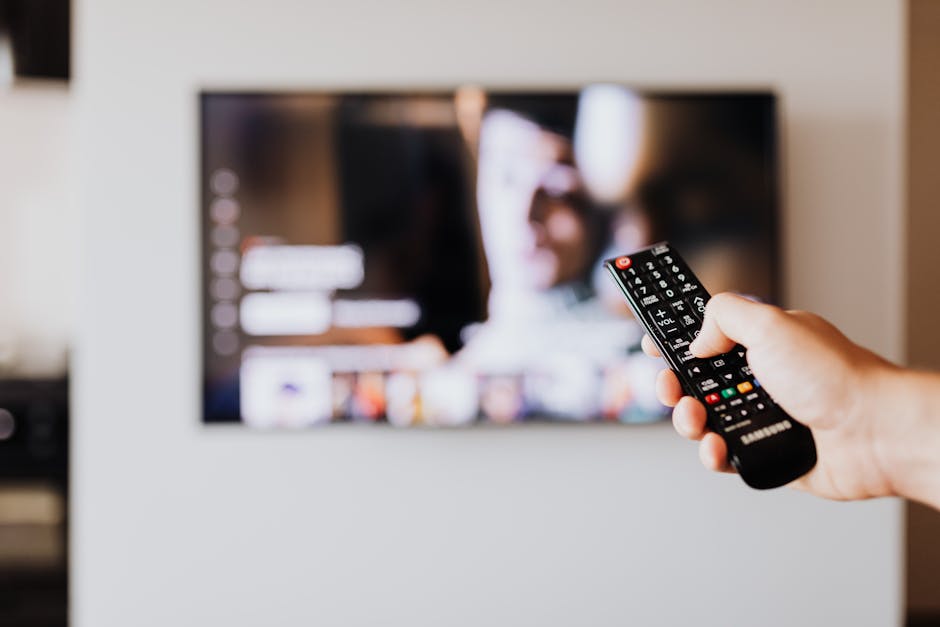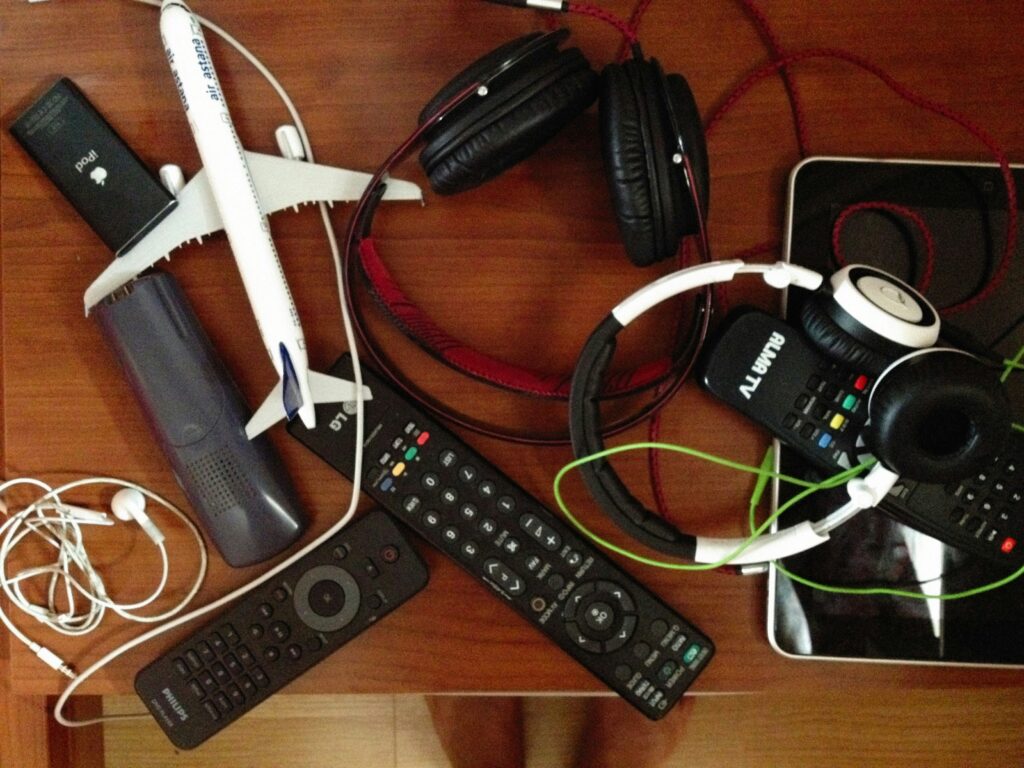Intro: The Ongoing Showdown
The way we watch content has cracked wide open. What used to be a simple choice between a few cable channels is now a maze of options—Netflix, Hulu, Max, Disney+, YouTube, TikTok, and more. Audiences are scattered. Some want polished docs and film-quality dramas. Others scroll through quick hits on mobile. And some still tune in live for the game or the news.
It’s not just who wins out in numbers that makes this interesting—it’s about control. Who controls what we watch, when we watch it, and how much we’re willing to pay to do it. That’s why this clash between streaming and cable still matters. Platforms are battling not just for eyeballs, but for habits. In 2024, the landscape keeps shifting—and creators, producers, and viewers are all being pushed to adapt.
The Fall of Traditional Cable
The numbers don’t lie: cable TV just isn’t what it used to be. Over the past decade, subscription rates have plummeted. Viewership has followed. Households are cutting cords at record speed, leaving behind outdated bundles that charge more for less.
The core issues are simple. Cable is expensive. Contracts are rigid. You’re often paying for dozens of channels you don’t watch and locked into multi-year agreements with lousy customer service. Compared to the seamless flexibility of streaming, traditional cable feels like a relic.
Then there’s the generational divide. Boomers may still rely on the familiarity of remote controls and set schedules, but Gen Z wants what they want—when they want it. This generation is growing up without any emotional or practical dependence on cable. To them, content is accessed through phones, not remotes. Schedules are personal, not programmed.
This isn’t just a trend—it’s a generational shift that cable has failed to adapt to. And every month, more viewers decide it’s not worth sticking around to see if it catches up.
Streaming’s Surge to the Top
Streaming services continue to reshape how audiences consume entertainment in 2024. With greater flexibility, instant access, and personalized experiences, platforms like Netflix, Hulu, Max, and Disney+ are leading the charge. Cable may have had a long run, but the streaming revolution shows no signs of slowing down.
Why Streaming Wins
Unlike traditional cable, streaming platforms offer:
- On-demand access to movies, shows, and documentaries anytime, anywhere
- Flexible viewing options across devices—TVs, laptops, tablets, and phones
- No long-term contracts or installation hassles
- Binge-ready content libraries that feed today’s consumption habits
The shift isn’t just technological—it’s cultural. The idea of waiting a week for the next episode feels outdated to many, especially younger viewers accustomed to watching an entire season in one sitting.
Subscriber Growth by the Numbers
Major streaming players continue to report impressive subscriber growth:
- Netflix: Despite fierce competition, Netflix remains the top service globally, expanding in emerging markets
- Hulu: Positioned strongly for U.S. content with a growing bundle model via Disney
- Disney+: Powered by massive franchise-based content (Marvel, Star Wars, Pixar), Disney+ gained millions of global subscribers since its late 2019 debut
- Amazon Prime Video: Leveraging its extended services and exclusive deals to stay competitive
This growth proves that audiences are willing to subscribe—sometimes to multiple platforms—for access to the content they value most.
The Loyalty Factor: Exclusive Content
Exclusive, platform-specific content is now the ultimate hook to win (and hold) subscribers.
- Original series and films create must-watch moments that drive sign-ups
- Platform-specific deals with big-name creators (e.g., Shonda Rhimes for Netflix, Reese Witherspoon for Apple TV+) foster brand loyalty
- Limited-run specials, docuseries, and live premieres offer unique experiences cable can’t replicate
Streaming services have made it clear: control over signature content builds brand identity—and user retention. As competition heats up, expect even more focus on exclusive drops and high-budget originals that compel users to stay subscribed.
The future of viewership isn’t just about convenience. It hinges on creating a viewing experience so tailored and so compelling that users aren’t just watching—they’re subscribing, binging, and staying loyal.
The Hidden Costs of Streaming
Streaming was supposed to be simple—cut the cord, pay less, watch what you want. That’s no longer the reality. What started as a cost-effective alternative has fractured into a labyrinth of platforms, logins, and monthly charges. Netflix, Disney+, Max, Hulu, Amazon Prime, Apple TV+, Paramount+, Peacock—if you’re trying to stay current, odds are you’re subscribed to at least three, maybe more.
This fragmentation is quietly burning viewers out. The term for it: streaming fatigue. It’s the mental drain of jumping between apps, remembering what’s on which platform, or realizing your favorite show just moved behind another paywall. It’s no longer about just watching—it’s about managing. And it’s making people reconsider how much time and money they’re investing in digital entertainment.
Here’s the kicker: when you stack all the monthly fees together, the price often creeps well past what cable used to cost. Average cable bills in recent years hovered just north of $100 per month. Based on late-2023 data, the average U.S. household with four to five streaming subscriptions is now paying between $80 and $120 monthly. Add premium bundles or sports passes, and you’re matching or even exceeding old cable bills—minus the channel-surfing convenience.
The lesson? Choice is great. But too many choices, each with a fee, starts to feel less like freedom and more like another kind of contract.
Content Ecosystems and Smart Competition
In the race for eyeballs, original content separates leaders from imitators. Streaming giants like Netflix, HBO Max, and Apple TV+ are investing billions into exclusive films, series, and documentaries—for one reason: owning content means owning the conversation. When a platform has what no one else does, viewers show up and stay put.
But behind the scenes, big data is doing the heavy lifting. Algorithms analyze what you watch, when you pause, even how long you hover on a title. The goal? Keep you watching, or at least keep you scrolling. It’s powerful—and a little invasive. As platforms double down on hyper-relevant recommendations, concerns about privacy and data control grow louder. Trust is now part of the brand equation.
Meanwhile, user-generated content is carving out its own space. Platforms like YouTube and TikTok thrive not on studio budgets, but on community creativity. And as niche platforms focusing on gaming, hobbies, or local content grow, the market fragments further. Audiences aren’t just looking for premium—they’re searching for personal.
Want to see how this trend is evolving? The Growth of User-Generated Content in Online Media breaks it down.
Sports and Live Events: Cable’s Last Stand?
For all the disruption streaming has caused, there’s one corner of the media world where cable still hits hard: live sports. Sunday night football, NBA playoffs, March Madness—cable still owns the rights and delivers with minimal delay or buffering. For many households, keeping that cable subscription boils down to one thing: watching the game live, in high-definition, without glitches.
But the clock’s ticking. Streaming giants like Amazon, Apple, and YouTube are coming for those rights with open wallets. Amazon already broadcasts Thursday Night Football. YouTube has locked down the NFL Sunday Ticket. The money’s outrageous, and it’s only getting bigger. Viewers are starting to get used to streaming live, but latency, local blackouts, and fragmented rights are hurdles the platforms haven’t solved—yet.
Then there’s local news, another stronghold for cable. People still tune in at six and eleven for weather, traffic, and updates from their own backyard. Streaming hasn’t fully cracked the “hyper-local” layer—yet. But give it time. As regional stations partner with platforms or grow their digital arms, those numbers could shift faster than anyone expects.
For now, cable’s grip on live isn’t broken. Just weakened. The battle is live, literally.
What’s Next? The Future of Viewership
The streaming landscape of 2024 is beginning to feel a lot like the cable bundles of the past—but with a modern twist. As viewers juggle a growing number of subscriptions, platforms are responding with new strategies to simplify and consolidate the experience.
Consolidation Through Bundles and Mega-Apps
Major media companies are bundling services together in an effort to keep users within one content ecosystem. Instead of subscribing individually to Disney+, Hulu, and ESPN+, for instance, users can now opt for an all-in-one bundle.
- Bundling returns: Companies are packaging multiple platforms to boost retention
- Mega-apps: Emerging platforms aim to centralize content, recommendations, and billing
- Consumer benefit: Easier content discovery and lower total monthly costs in some cases
The Revival of Ad-Supported Streaming
To offset slower subscriber growth, many platforms are embracing ad-supported tiers. These hybrid models offer lower prices—or even free access—in exchange for brief commercial breaks.
- Increased adoption: Netflix, Disney+, and others now offer ad-supported plans
- Revenue shift: Platforms diversify income beyond subscriptions
- User trade-offs: Less expensive, but more interruptions during viewing
Is Cable Making a Subtle Comeback?
Ironically, with all this bundling and ad support, the streaming model is starting to resemble traditional cable—but this time with more control in the hands of the consumer.
- Cable’s DNA reimagined: Centralized access, scheduled content drops, and structured packages
- Viewer control: The ability to choose plans, personalize feeds, and cancel anytime still separates streaming from its predecessor
- A full-circle moment? Perhaps—but it’s the viewer who benefits most today
The future of viewership isn’t about choosing sides—it’s about creating a seamless, affordable way to engage with quality content across platforms. And while the packaging may look familiar, the power dynamics have shifted—this time, it’s the viewers who are calling the shots.
Final Word: Who Really Wins?
The clash between cable and streaming is no longer a simple head-to-head match. In 2024, it’s become a question of control, content, and cost—all from the viewer’s perspective.
It’s About More Than Platforms
Rather than siding with cable or streaming, today’s audience is reclaiming power:
- Control Over Content: Viewers expect to decide what, when, and how they watch. Whether through customizable subscriptions or algorithm-driven recommendations, control is key.
- Control Over Cost: Flexibility matters, but price fatigue is real. People are increasingly aware of how much they’re spending across platforms—and many are willing to jump ship for better value.
The Smart Viewer (and Creator) Evolves
As technology and content models shift, so does consumer behavior. The most adaptable viewers—and creators—understand:
- Loyalty is fluid: People follow content, not platforms. Where the best shows, documentaries, or user-generated videos go, audiences follow.
- Choice is currency: Viewers don’t just want more content—they want content that respects their time and attention.
- Creators are central: Independent and niche content is growing in power, giving more creators a voice and offering audiences more tailored experiences.
So, Who Wins?
It’s not cable. It’s not streaming.
It’s the consumer who understands how to curate and control their entertainment experience, aligning their time, money, and preferences with the platforms that evolve with them. In this ecosystem, adaptability is king—for the viewer and the content maker alike.




